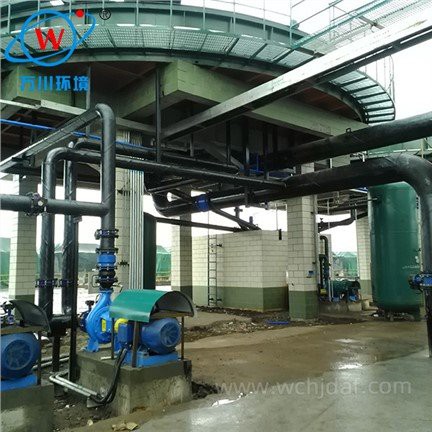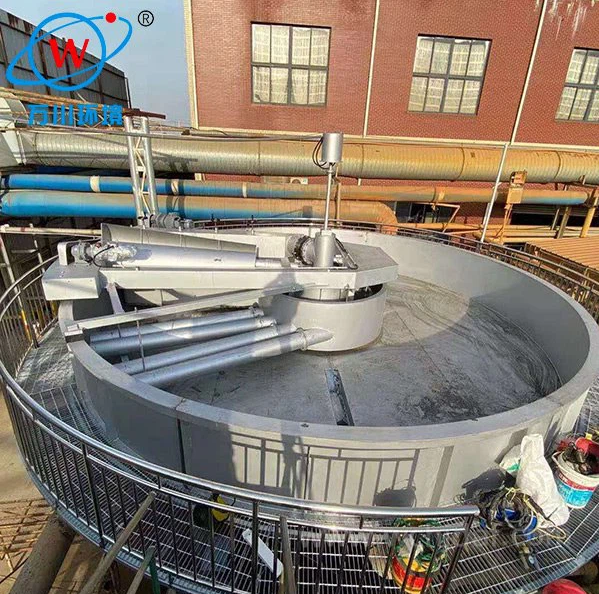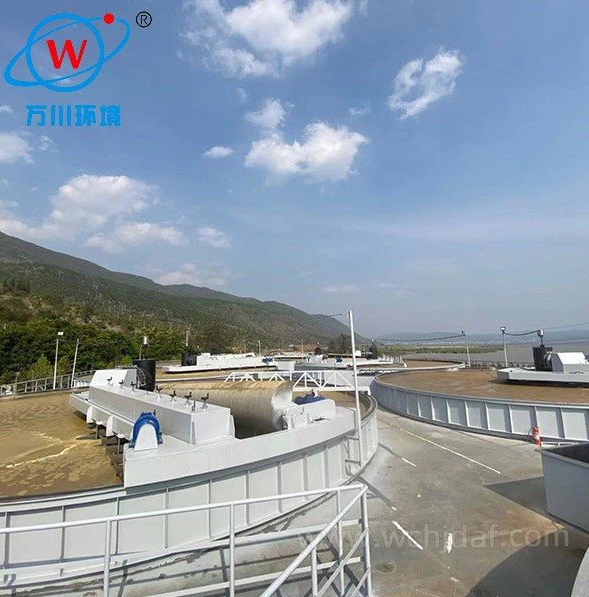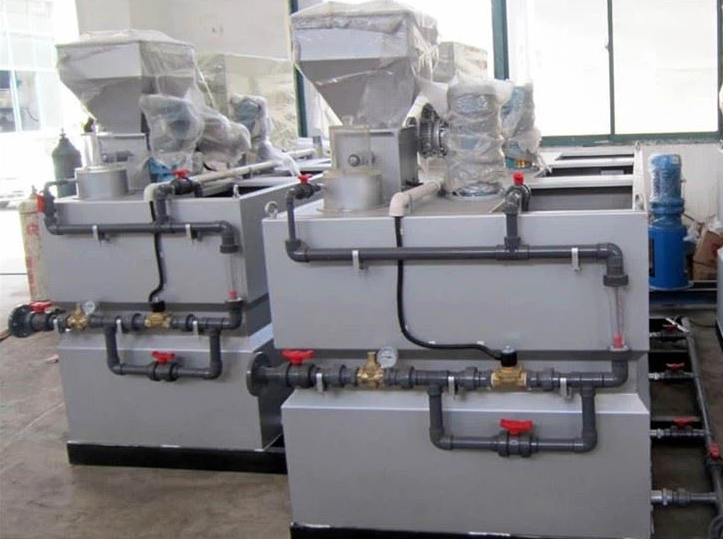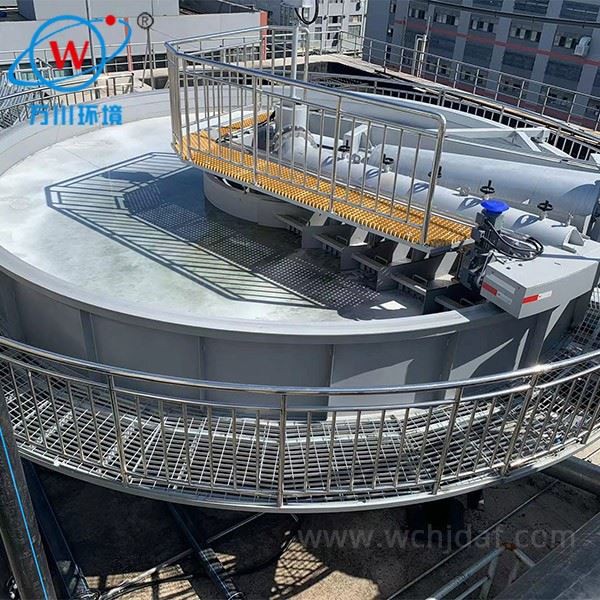Pressure Effects in Pressurised DAF Systems
The pressure setting in Pressurised Dissolved Air Flotation (DAF) significantly influences its performance through multiple mechanisms, affecting air dissolution, bubble formation, and contaminant separation efficiency.
-
Air Dissolution and Saturation
Higher pressure increases the solubility of air in water according to Henry's Law. When the pressurized water is released into the flotation tank at lower pressure, a greater amount of dissolved air comes out of solution, forming a larger number of tiny bubbles.
Adequate air saturation ensures a sufficient bubble-contaminant attachment rate, which is crucial for effective flotation. For example, at 3-5 bar, the system can achieve a high level of air dissolution, enhancing the flotation capacity.
-
Bubble Size and Quality
Pressure directly impacts bubble size. Higher pressures tend to produce smaller, more uniform bubbles. Smaller bubbles have a larger specific surface area, increasing the contact probability with suspended particles.
This improves the attachment efficiency between bubbles and contaminants, leading to better separation. However, if the pressure is too high, excessive energy consumption occurs, and there is a risk of mechanical wear in the system.
-
Separation Rate and Efficiency
Optimal pressure settings accelerate the flotation process. With the right amount of finely dispersed bubbles, contaminants are quickly lifted to the water surface, forming a stable froth layer for easy removal.
Incorrect pressure, either too low or too high, reduces the separation efficiency. Low pressure results in insufficient bubble generation, while overly high pressure may cause bubble coalescence, reducing the overall effectiveness of the flotation process.
In summary, precise control of pressure is essential in Pressurised DAF to balance air dissolution, bubble characteristics, and energy consumption for efficient wastewater treatment.

